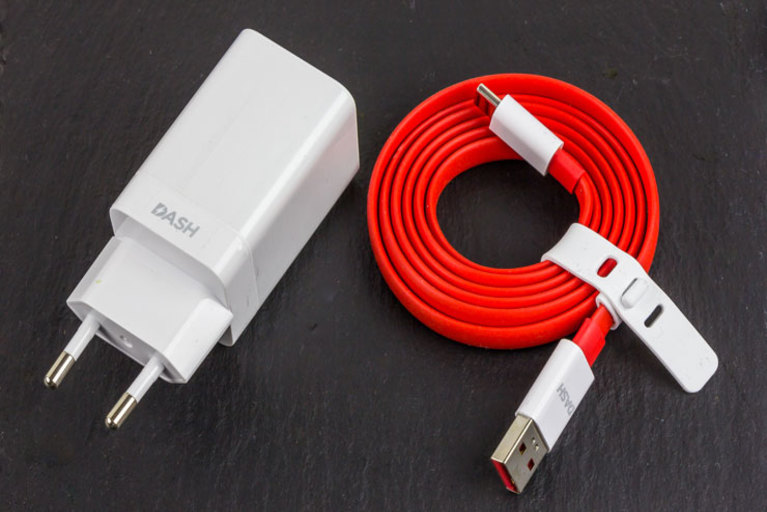Hello, this is me again, but this is a different kind of blog where I will be answering some questions about the latest technologies. Yes, I am not very famous, so I prepare all of the questions myself, but you are welcome to ask questions in the comments section, and I will be happy to respond to those to the best of my knowledge.
Starting with the first question, I believe that every buyer considers at least once whether they purchased a phone within the last two to three years.
1. How are foldable and rollable screens transforming devices?
Flexible displays are entering the mainstream with sleek, durable foldable and rollable phones. These allow tablet-like screens in a compact form—great for multitasking or immersive viewing.
Without a doubt, they are simply the product of technological genius, and the fact that we couldn't have imagined folding the screen in half a decade ago, and ironically, Apple can't imagine that in 2025 either, shows how far we've come.
I will say that if you use a foldable or rollable device in a store, restaurant, or other place where people congregate, they will undoubtedly at least glance at your phone.
These phones range in price from under INR 30,000 for the older Motorola Razor model to under INR 50,000 for the newest model, the Razor 60, which has a respectable processor and camera. You have to compromise on one thing to get the best thing, so if you want the newest features and performance, you can look at Samsung or Google foldable phones, which are the newest models and won't limit you in any way.
2. How is AI enhancing camera systems?
AI-driven computational photography now refines everything from zoom clarity to lighting—delivering near-professional results without manual tweaks.
AI has a big impact on cameras and their image quality, but the hardware of the camera only helps to make the picture beautiful because if the hardware doesn't distinguish between focus and background, AI won't be useful in most cases. For example, we can see that the camera picture quality of budget phones is comparable to that of flagship phones from the same company.
My Samsung S23 is performing well after three years when compared to the S25, but when I compare it to a less expensive Samsung phone with AI, I can see that there is a significant difference.
There were undoubtedly many differences between the AI-touched and non-AI photos in the S23, but aside from that, editing after clicking is very simple with AI, especially on Samsung, where I can manually edit photos and add or remove anything like original, with the exception of Apple, which is still having trouble in this area. What are your idea on this please share on the comment section and which device are you using. may be from that we can get help for this and we will post in some section.
3. Are on-device AI and voice assistants becoming smarter?
Yes—smartphones now leverage large language models (LLMs) for fluid, natural conversations and on-device processing for smoother, more private experiences.
I use this AI in a variety of ways, and I will admit that I forgot to use Google and instead searched on Google I or CHATGPT, which provide summaries of stories on any topic without missing even the most important details. Since we are discussing technology, there may be glitches, so I won't argue that ChatGPT is flawless, but I can say it is far more perfect.
I use ChatGPT for my research, Excel, and coding, and I can set alarms and reminders with the voice assistant. I can also order things while driving, get scores, new summaries, and other updates. I also use ChatGPT to change settings on my Android, iOS, and Windows devices for gardening and fooding, as they are aware of everything. I am not completely dependent on ChatGPT, but you could say that I am.
let me know your dependency on AI in comment section.
4. How are new form factors like tri-folds progressing?
Companies are pushing display innovation with triple-folding models—large, tablet-like screens in ambitious new formats.
Huawei is the phone that introduced the trifold device first. I haven't used it, but I've analyzed a lot of reviews about it on YouTube, and I think that people aren't comfortable using foldable or flip phones in 2025 because of their durability, even though phones are incredibly durable, but people still have doubts about things that Samsung in particular has proven.
The majority of smartphone manufacturers used to produce foldable and flippable phones, but they are no longer doing so due to supply and demand issues, which only large corporations can afford.
Trifold, then, is the technology that is far more sophisticated and comfortable. I enjoy using it, but not on a daily basis; rather, I prefer to use it when I'm relaxing at home.
5. How are ultra-fast charging and battery life improving?
Charging speeds are soaring—some devices fully charge in under 15 minutes—while smarter power management via AI extracts more life from each charge.
In my opinion, ultra-fast charging is a little riskier than regular charging. I'm not saying it will blow up because these are made by large companies that guarantee it, but as a science student, I won't like it.
However, who wouldn't want their phones to be constantly charged? This kind of charging speed is the stuff that smartphone users dream of. A few days ago, while reading an article, I learned about a phobia in which people become afraid when their smartphone's battery runs low. Perhaps I am one of them.
However, the best charging methods for phones are slow or normal. Additionally, because it is more resilient than the fast charging phone, the ultra fast charging phone also costs more to service and replace.
These are my thoughts on a few topics; please let me know what you think; I'd like to read your comments.






Comments
Post a Comment
Comment Here: